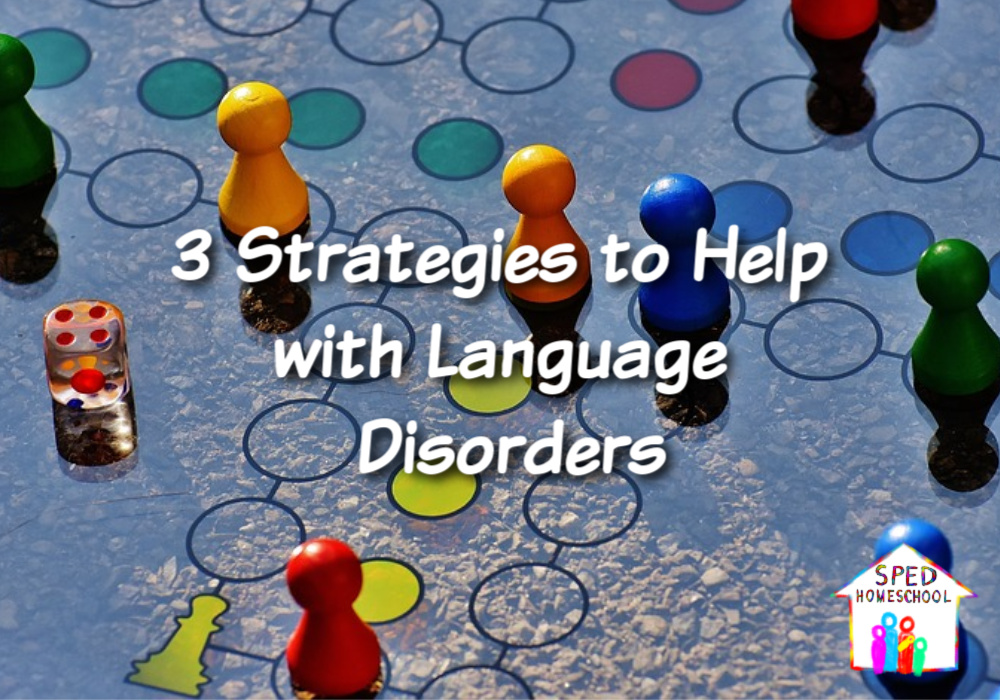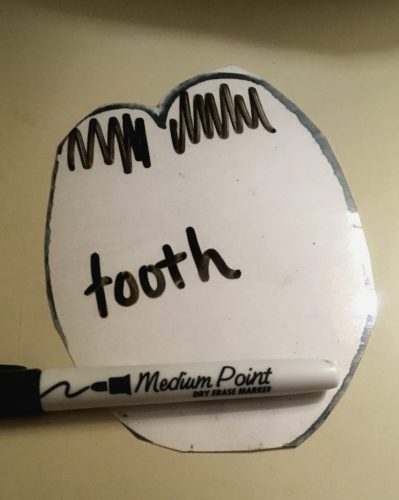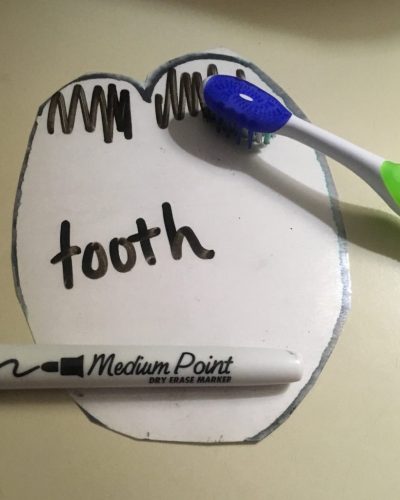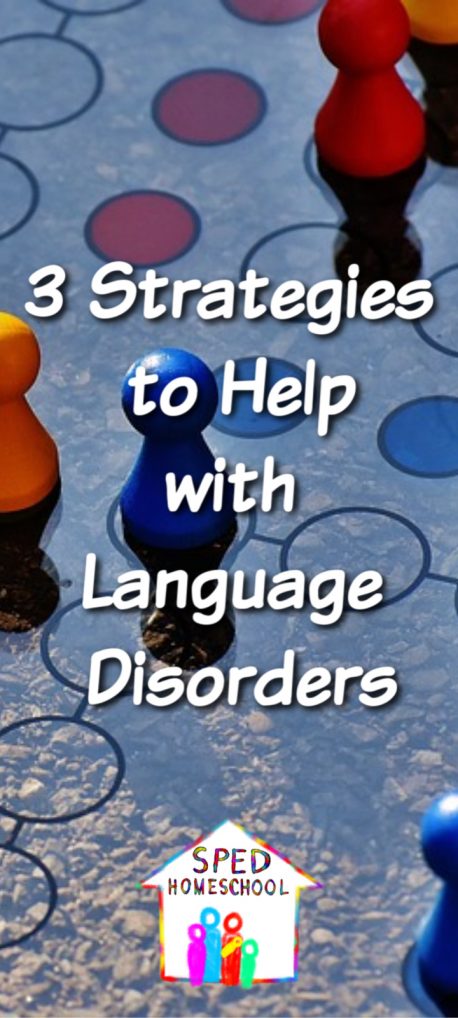
Dawn Spence
When babies are born they communicate in cries to get their needs met. We lovingly meet their needs and wait to hear their first words. Sometimes those words take longer to hear or may come in a different form. My daughter has a global developmental delay, and even though we know why she has a communication disorder, waiting for her to be able to communicate was frustrating for her and us as well. Finding strategies to help your child with a communication or language disorder helps lessen their frustration.
Strategies for Helping with Language Disorders
Sign Language
When she was younger, my daughter had a speech delay and needed a language and a voice. We started using functional sign language with my daughter such as more, finished, work, all done and stop. Then we moved on to colors, animals, and everyday language. Giving my daughter a way to communicate her needs helped her to have a voice. We used Signing Times, and she would watch the videos and learn to sign the new vocabulary. The songs and the characters made learning enjoyable, and it kept her attention.
Pictures and Schedules
To a child with language deficits, the everyday life and busy schedules of the day can be overwhelming. My daughter would be overwhelmed with activities and expectations, which would then lead to a meltdown. I had to learn that her frustration with the difficulties of communicating and understanding our day led to her meltdowns. She needed structure and an order to her day. We made picture schedules of her day from therapy to meals. We took pictures and laminated them and had them posted around the house. Her day in pictures and what was expected of her became a tool and gave her day meaning. I also took pictures of her doctors, therapists, and places that we would visit frequently. If our schedule would be different or involved a doctor visit, seeing the picture would help with her anxiety. I used hands-on tools in anticipation of going to the dentist. I found that situations where new things that she may not expect needed more tools of preparation.


She practiced brushing off her sugar bugs to help her get prepared with the unexpected and the anxiety. The more we talked and practiced for the doctor visit the more relaxed and successful it became.
Giving Time
My daughter has both an expressive and receptive language disorder. This basically means that she struggles with understanding what others say to her and with expressing herself. I know that she needs me to give her time to respond to what I say and time to put her words together. When I ask my daughter a question, I give her extra time to answer. Using verbal and visual cues helps her organize her thoughts and her language. I can see on my daughter’s face that she knows what to say but needs help getting it out. I have learned that I need to stop and allow her the time to gather her thoughts. If she still needs help, giving her options or verbal cues helps her to produce her answer.
Having a communication disorder has no time frame and it takes patience for everyone involved. Give lots of praise and give your child grace and time and love. Using these strategies to give your child a voice and the opportunity to work through the frustrations of learning to communicate gives them more than just tools for language; it speaks to them a language of love.

